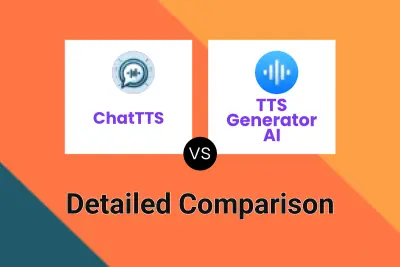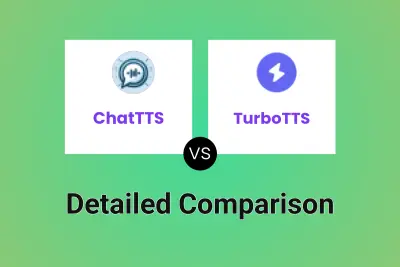What is ChatTTS?
ChatTTS represents a breakthrough in conversational text-to-speech technology, specifically engineered for dialogue tasks in large language model (LLM) assistants. Through extensive training on approximately 100,000 hours of Chinese and English data, the system delivers exceptional quality and naturalness in speech synthesis.
The platform excels in generating natural-sounding voice output for various applications, including conversational audio and video introductions. Its sophisticated architecture ensures high-quality speech synthesis while maintaining ease of use, requiring only text input to generate corresponding voice files.
Features
- Multi-language Support: Full support for English and Chinese languages
- Large Dataset Training: Trained on 100,000 hours of bilingual data
- Dialog Task Compatibility: Optimized for LLM assistant conversations
- Open Source Accessibility: Planned release of trained base model
- Security Controls: Includes watermarks and LLM integration
- User-Friendly Interface: Simple text-to-speech conversion process
Use Cases
- Conversational AI assistants
- Video content narration
- Educational content creation
- Training material voice-overs
- Multi-language presentations
- Interactive dialogue systems
FAQs
-
How does ChatTTS ensure the naturalness of synthesized speech?
ChatTTS ensures natural speech through training on 100,000 hours of diverse speech data and employing advanced machine learning techniques for conversational scenarios. -
Can ChatTTS be customized for specific applications or voices?
Yes, ChatTTS can be customized through fine-tuning the model using custom datasets for specific use cases or unique voice profiles.
Related Queries
Helpful for people in the following professions
ChatTTS Uptime Monitor
Average Uptime
96.65%
Average Response Time
1532.7 ms
Featured Tools
Join Our Newsletter
Stay updated with the latest AI tools, news, and offers by subscribing to our weekly newsletter.















